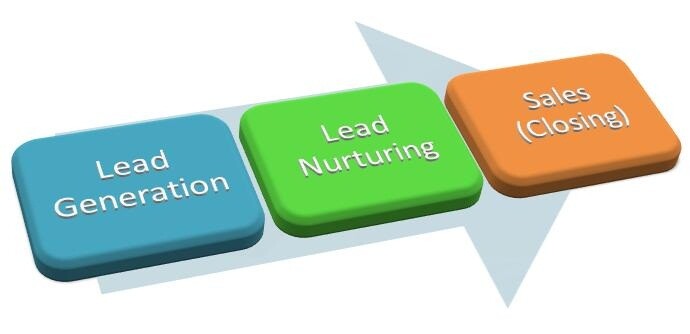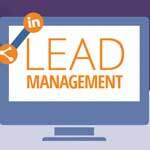
12 Nov Three Steps to Building Your Own Effective Lead Management Generation Program

Building Your Own Effective Lead Management Generation Program
Is your boss asking you why your marketing generation isn’t more effective? In my experience helping many companies improve lead generation, I find that most of the time the answers are,
- They do not understand their buyer
- They lack familiarity with the buying process
- There does not exist a content structure for potential client communications
So, where do we start?
Know Your Buyer
In order to know who your buyer is, develop buyer personas. This should be a joint project of marketing and sales. By having both groups working together helps reduce the risk of skewed personas. When sales and marketing people share their unique perspectives about customers the end result is a more holistic view. Only use 1 to 3 personas, more and you will be muddled and your plan less effective.
When developing personas, I recommend that you determine buying groups by function and not a title. Instead of Director of Technology, use ‘technology buyer.” Instead of Chief Operating Officer, use more generic listings such as ‘office supply buyer.” These personas are used as target groups that often affect or decide the buying decision.
Define the information that helps your company nurture leads. These include items such as,
- Role in the company
- Personal background
- Daily activities
- Industry news sources
- Challenges
Don’t panic, you are only listing information that helps your firm nourish leads, you do not need to fill the information in now.
Once you have your personas identified and your information categories fixed create a matrix. Buying groups go on the x-axis and information categories on the y-axis.
Complete the matrix by using a bulleted list. For example, if the buying group is technology and the information category is daily activity, a list might look like,
- Send a response to emergency calls;
- Check operational efficiency;
- Manage vendor relationships;
- Manage staff
Define the Purchasing Process
To begin, schedule a meeting with sales and marketing teams specifically to define the buying process.
Next, create a flowchart that identifies the decisions and steps the buyer must undertake. A good start is to ask, “What triggers a buyer to seek us for a solution?” Followed by another question such as, “what are the buyer’s next steps?” Keep asking the group follow up questions. Write the responses on a whiteboard to create an initial buying process map.
Once you have created your initial buying process map, validate it through research. Use methods like,
- Interview prospects;
- Interview buyers;
- Hold focus group meetings with prospects;
- Hold focus group meetings with buyers.
Based on your research findings revise your initial draft of the buying process.
Once the revisions are finished, check with internal stakeholders to get their thoughts; choose people from several areas including,
- Sales;
- Business development;
- Marketing
Also get in touch with existing customers, use the phone or arrange for small group meetings.
Develop a Framework for Content
Once again, call a meeting with the sales and marketing staffs. (See the pattern, marketing and sales work together!)
Create a second matrix, on the x-axis list buying process stages and on the y-axis buyer personas. Use bullet points to list the answers to questions for each persona in each stage. Questions should be inquiring such as,
- Which questions does the buyer ask at this stage?
- How should we answer those questions?
- What is the best method or medium to answer questions?
- What behavior do we want to see from prospects when we answer their questions?
If you would like to learn more contact us at Our marketing team is ready to help you take your company to the next level We look forward to working with you!
Till next time
Joe Mediate

